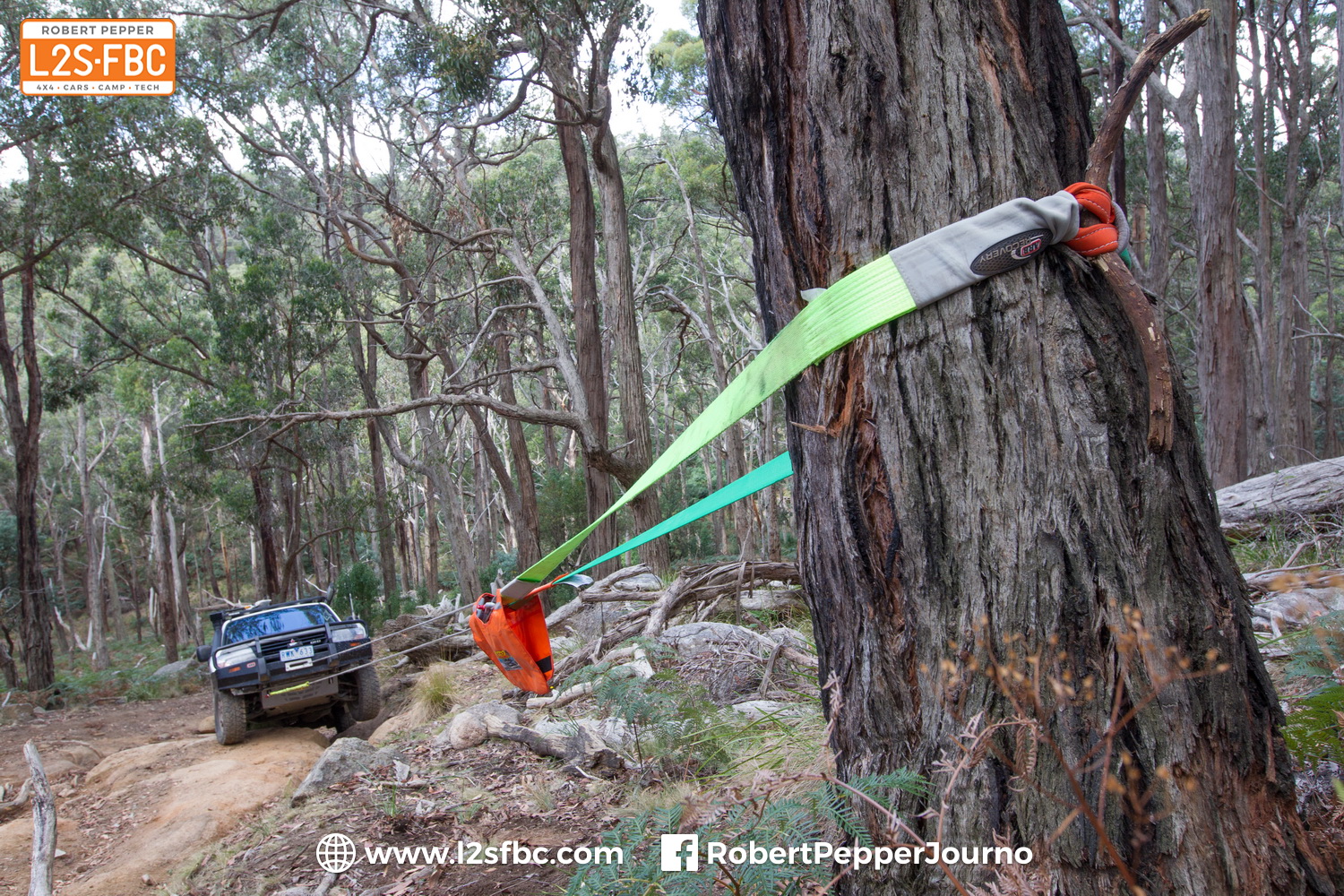
You can get mechanical advantage from a snatch block that doesn’t move
A pretty frequent comment on my videos about winching physics is one like this:

and this one:

So let’s be clear. It is entirely possible to gain mechanical advantage from a snatch block that doesn’t move, such as in the title photo. And, you can’t count the number of lines coming “from” the load…it’s the number of lines supporting the load.
Winching with pulleys (snatch blocks) is complex. It isn’t intuitive. Also, three more myths to bust:
The anchor load can be greater than the recovery load.
You can rig a snatch block so you DO NOT get any mechanical advantage.
Snatch rings are almost as efficient as snatch blocks.
It’s really important to understand how it all works before you’re out in the field, at 02:00 in the rain, trying to recover a car up a hill. Because you’ll be too distracted then to figure it all out.
So start with this video:
And I have few more after that showing how it all works:



1 Comment
by Lachlan Michie
Hi Robert. Great video. I was wondering with the forces you measured, by eye from the graph it looked like the difference between the front pull and the rear pull was about equal to the 300kg to tow the vehicle. Is this correct as it seems logical that the rear pull needs to be front pull + force required to more the vehicle.
Secondly, with the load cells, I’d love to see the variation in towing forces in different directions as a ditch or crest is negotiated. This is an area of offroad towing that is often overlooked in terms of effective towball weight.